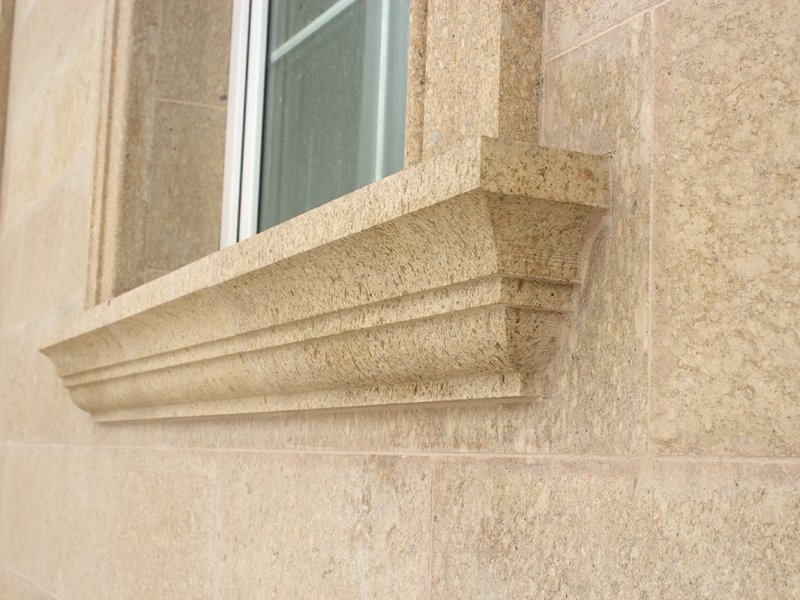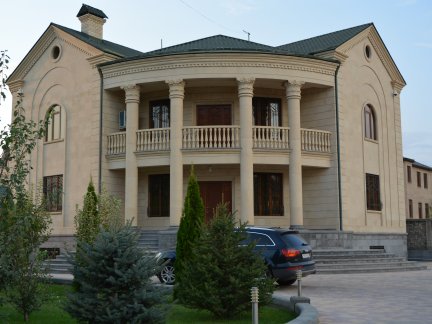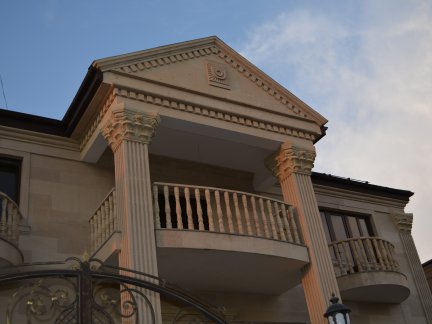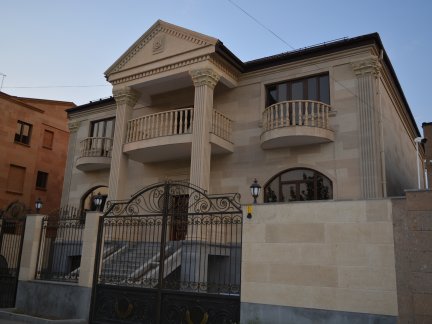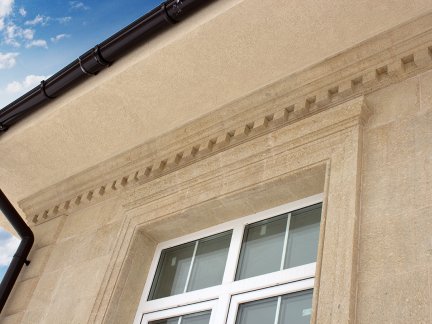Felsite
Stone: Felsite
Color: light beige
Country of origin: Armenia
Radioactivity class: 1 class
Color: light beige
Country of origin: Armenia
Radioactivity class: 1 class
TILE COST
| Dimensions, mm | Surface | Cost, $/м2 |
| 20*300*600 | Honed | starting from $38 |
| 20*400*800 | - | - |
| 20*600*1200 | - | - |
SLAB COST
| Dimensions, mm | Surface | Cost, $/м2 |
| 20*300*600 | - | - |
| 20*400*800 | - | - |
| 20*600*1200 | - | - |
Examples of using
Description
Felsite (German Felsit) is a term originally used for microcrystalline varieties of feldspar, and then extended to crypto- and microcrystalline groundmass of essentially feldspar rocks. Currently, this term is applicable to microcrystalline igneous volcanic (or hypabyssal) normal and low alkaline rocks, which are various types of rhyolite and dacite.Felsites usually have a porphyry texture and aphanitic micro- or cryptocrystalline structure and represent a hidden-grained mass of potassium feldspar (orthoclase) and quartz, sometimes containing plagioclase, pyroxene, biotite, and other minerals, in a microfelsite or glass wool main component. Felsitic rhyolites and dacites are similar in petrochemical composition to granites and plagiogranites.
Density 2200-2400 kg / m³, melting point 1470-1500 ° C, resistivity 104 Ohm · m. Acid resistance in relation to concentrated sulfuric acid 98.5-99.3%. Absorption of CaO 80-120 mg / g solution.
Felsite is also used as a facing stone, for example, in Yerevan, Armenian felsite is used in the design of the Presidential Palace, the architectural ensemble on Independence Square, the "Moscow" cinema, etc.
PHYSIOCHEMICAL PROPERTIES
| Volume weight: | 2200-2400 кг/м3 |
| Compressive strength: | 52 МПа |
| Flexural strength: | - MPa |
| Moisture absorption: | 10,67% |
| Frost resistance: | up to 100 cycles |

